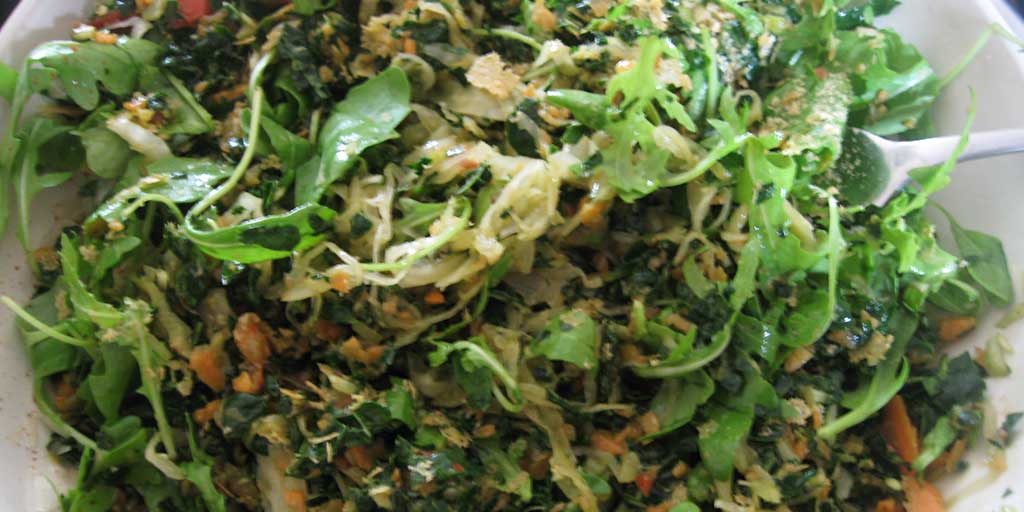How to get enough iron on a vegan or plant-based diet
There are two types of iron in food: Haem iron found in animal tissue, and non-haem iron found in plant foods. Iron nutrition depends on the amount of iron consumed and the amount absorbed. While the body more readily absorbs haem iron this is not necessarily a good thing, as the body has no means of disposing of excess iron, which can be toxic.
Two of the most important functions of iron in the body is for the production of haemoglobin for new red blood cells. Each blood cell lives for approximately 120 days and about 1/120th of the total number of red blood cells need to be replaced daily to maintain the right amount. Haemoglobin carries oxygen in the blood from the lungs to tissues throughout the body. This continuous supply of oxygen is vital for life. We need to be getting enough iron on a daily basis or red blood cells will be smaller and will contain less oxygen, which in turn would result in oxygen starvation throughout the body and would affect every function in the body.
Foods high in vitamin C such as broccoli, cauliflower, tomatoes and green peppers, help the body absorb iron from plant sources when taken with the same meal. The hydrochloric acid in the stomach and an increased need of iron by the body also enhances iron absorption. Tannic acid, found in black tea, coffee and many soft drinks, reduces iron absorption.
Anaemia: Iron deficiency symptoms
The most common symptoms associated with a lack of iron is a lack of energy, constant tiredness and lowered immunity. You may also have trouble concentrating, experience headaches or feel the worst for physical exertion. The symptoms of early anaemia are quite general and easy to miss.
Severe iron deficiency, that is not due to a sudden loss of blood, develops over time. Shortness of breath, an increased pulse-rate, paleness or clammy skin, cracked skin around the mouth, brittle nails and hair, feeling faint and poor circulation can indicate chronic or acute anaemia.
Plant-based sources of iron
You can get all the iron you need from plant foods. However, to ensure adequate intake from vegetables you need to eat a good supply and a good variety. Most foods contain some iron. Excellent sources of iron include asparagus, chard, spinach, thyme, and turmeric and cumin seeds. Very good sources of iron include romaine lettuce, dried figs, prunes and apricots, blackstrap molasses, tofu, mustard and collard greens, leeks, oregano, and black pepper. Good sources of iron include lentils, brussel sprouts, chickpeas and broccoli, kale, fennel, pumpkin and sesame seeds.
Leafy greens are best eaten raw to preserve their vitamin C content. Steam rather than boil your vegetables to preserve their vitamin and iron content. Peel and chop vegetables when you are ready to use them as exposure to air causes a loss of mineral and vitamin content. Regularly eating plenty of iron-rich foods will ensure that you get all the iron you need.
If you suspect you are deficient in iron your doctor can arrange for blood tests or other investigations.
Related Posts: Blackstrap molasses

